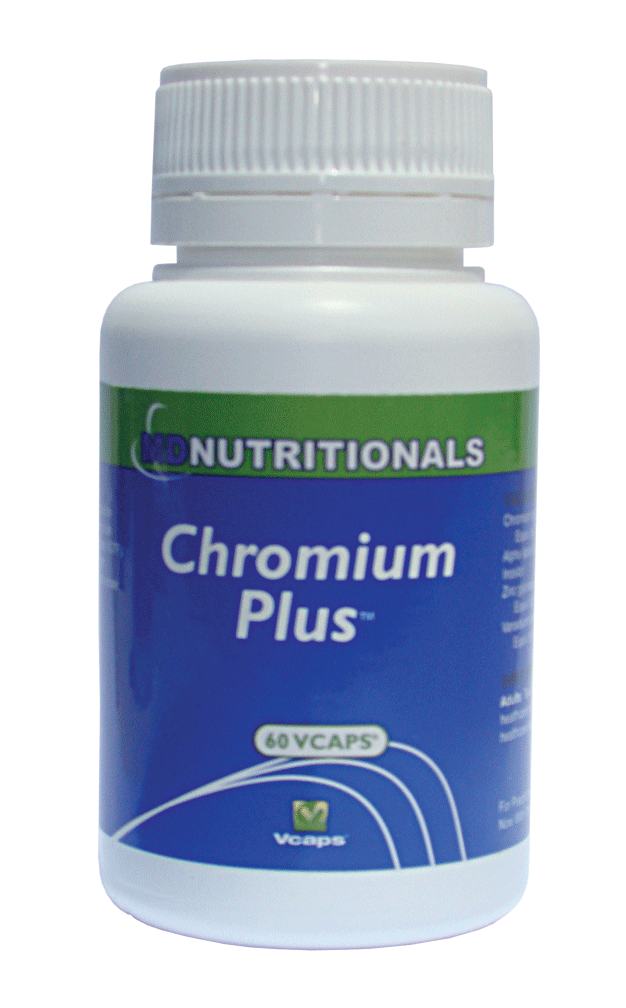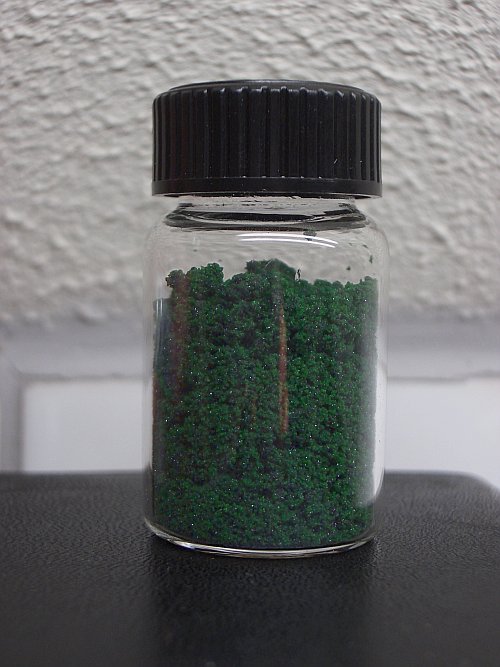

This is why chromium is now added to IV formulations, Majumdar explains. Research with people fed through nutritional support found that supplemental IV chromium alleviated symptoms mimicking diabetes, including weight loss, impaired glucose tolerance, neuropathy, anxiety, fatigue and muscle weakness. It hasn’t been reported in healthy populations, and further research is warranted to narrow down symptoms. Any associated risks are seen in industrial settings and involve the hexavalent form of chromium.įirst and foremost, according to the NIH, chromium deficiency is rare.

“Chromium toxicity tends to be quite rare among those taking it,” she says. In fact, there are few side effects linked to high chromium intakes, says King. In the same way that insufficient evidence prevents the setting of an RDA for this nutrient, there isn’t a tolerable upper limit (UL) for chromium (or a maximum amount you should have).

Research, however, has found that participants' mean intake of the mineral exceeds the AI for both men and women, suggesting that most people in the United States have intakes similar to what’s recommended. Food and Drug Administration (FDA) doesn’t require labels to list chromium content unless it’s been added to food.
Women who are pregnant or breastfeeding: 29 to 45 mcgĪccording to the NIH, data on people’s average chromium intake versus AI is limited, especially because the U.S. Infants ages 0 to 12 months: 0.2 to 5.5 mcg. Instead, the NIH lists daily intakes based on usual chromium intakes in healthy populations, depending on age and gender: “There’s not enough established research to set a recommended daily allowance for it,” she says. While there is no recommended daily allowance (RDA) for chromium, the amount that healthy people should consume on average, known as the adequate intake (AI), ranges from about 20 to 45 micrograms (mcg) per day for adults, notes Torey Armul, RD, who is based in Columbus, Ohio. “Chromium works with insulin to help your body use blood sugar and may also be involved in the metabolism of carbohydrates, fats, and proteins," explains Melissa Majumdar, RD, a spokesperson for the Academy of Nutrition and Dietetics and the bariatric coordinator at Emory University Hospital Midtown in Decatur, Georgia. This necessary mineral supports the role of insulin, a hormone that’s critical for the absorption and storage of glucose, or blood sugar, according to the NIH. “Basically, you need chromium to properly convert the food you eat into energy,” says Kristi King, RD, who works at Baylor College of Medicine in Houston. The former plays a key role in metabolism. The kind we find in food is known as trivalent or chromium 3+, while the form emitted by industrial pollution is called hexavalent or chromium 6+, according to the NIH. Chromium: What It Does and Why We Need ItĪlthough we need to ingest chromium in small amounts, the mineral has two forms, and one can be toxic. Here’s more about chromium, including how much you need, whether you might be deficient, how chromium may impact weight loss and diabetes, and the best foods for obtaining this vital nutrient. Like other minerals, chromium doesn’t naturally occur in the body, so it must be obtained through diet or supplements. This mineral plays a role in metabolizing protein, carbohydrates, and fats and providing energy to your muscles and brain, according to the National Institutes of Health (NIH), but it may be best known for its ability to increase insulin sensitivity. Each mL of 0.1 N sodium thiosulfate is equivalent to 8.882 mg of CrCl 3♶H 2O.Chromium isn't a micronutrient you tend to hear a lot about, but it’s an essential one nevertheless. Add 3 mL of starch TS, and continue the titration to a blue-green endpoint. Rinse the stopper and the sides of the flask with a few mL of water, and titrate the liberated iodine with 0.1 N sodium thiosulfate VS to an orange color. 
Immediately insert the stopper in the flask, and allow to stand in the dark for 10 minutes. Add to the flask a freshly prepared solution of 4 g of potassium iodide and 2 g of sodium bicarbonate in 100 mL of water, then add 6 mL of hydrochloric acid. Boil the solution until no more oxygen is evolved, cool, and add 2 N sulfuric acid dropwise until the color of the solution changes from yellow to orange. Cool the solution slightly, and add 5 mL of nickel sulfate solution (1 in 20). Pipet, slowly, 4 mL of 30 percent hydrogen peroxide into the flask, and boil the solution for 5 minutes. Dissolve about 0.4 g of Chromic Chloride, accurately weighed, in 100 mL of water contained in a glass-stoppered, 500-mL conical flask, add 5 mL of 5 N sodium hydroxide, and mix.








 0 kommentar(er)
0 kommentar(er)
